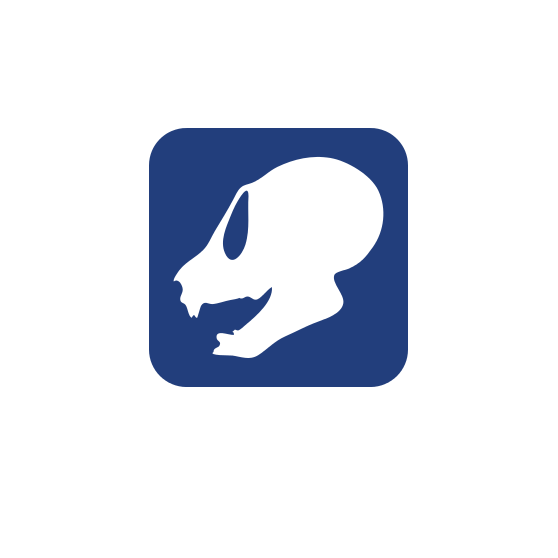Oh noes!

Access Denied: error code 184692926530ad9b.
Go home or if you believe you should not be blocked, please contact the webmaster at morphosource@duke.edu

Access Denied: error code 184692926530ad9b.
Go home or if you believe you should not be blocked, please contact the webmaster at morphosource@duke.edu